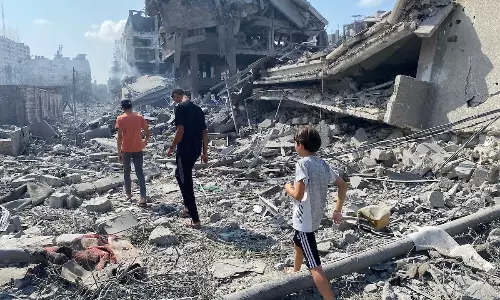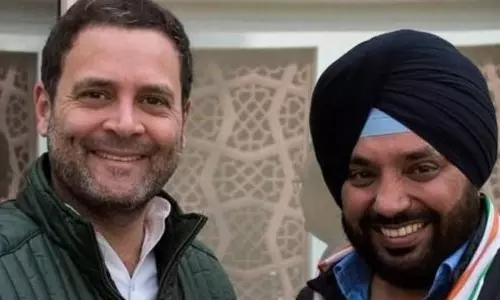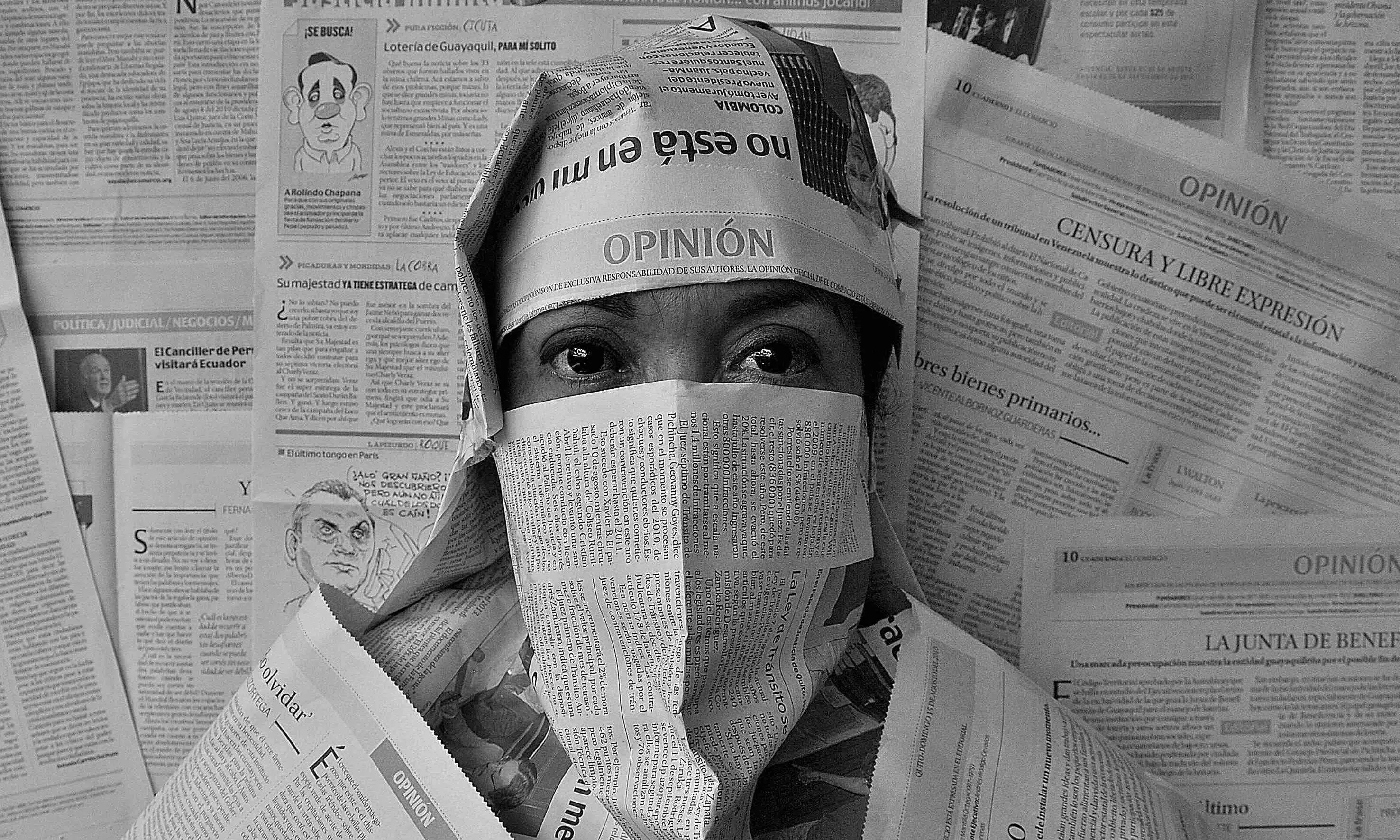
Censorship that stifles free speech
text_fields“As good almost kill a man as kill a good book: who kills a man kills a reasonable creature, God’s image; but he who destroys a good book kills reason itself.”
-Areopagitica, John Milton
The BBC documentary, India: The Modi Question was released on 17 January 2023. Within days, the Indian government invoked emergency laws to block it. Detailing the Indian Prime Minister’s role in the 2002 Gujarat riots which killed over 2000 people, it had revealed a previously unreleased British foreign ministry report that said, “Narendra Modi is directly responsible,” Income Tax raids on the BBC offices in Delhi and Mumbai followed.
This censorship has personal resonance for me since Section 69A of the IT Act that was used to ban the documentary was the same law that was used earlier to block my short film Anthem for Kashmir.
On August 5, 2019, the Indian parliament had unilaterally revoked the autonomy of Kashmir, a guarantee that was enshrined in India’s original 1949 constitution. In the days that followed, the Indian government banned foreign journalists, blocked the internet for more than 150 days, and imposed a lockdown on the valley. The news that did make it through the blockade was harrowing. More than 3,800 people were arrested including the young, activists, and leaders. I remember seeing images of child funerals, youth blinded by pellet guns, and reports of torture. Collective punishment of a whole population for an unknown crime.
I decided at that time to make a film about Kashmir. In May 2022, after two years of labour by a dedicated team working with loaner equipment and almost no budget in a conflict zone, we released Anthem for Kashmir, a short film highlighting the suffering endured by Kashmiris. I was trying to make a film that reflected the Kashmiriyat, muzzled and silenced by the Indian government. Instead, the administration silenced my voice too and dictated YouTube block my film for Indian viewers.
The film depicts prosaic Kashmiri scenes through decades of human rights violations by the Indian government, including enforced disappearances, the pain of half-widows, and state violence against civilians. The background is the Himalayan mountains. Layered over the images from Kashmir is a protest rock song in Tamil with lyrics about the human rights abuses in Kashmir. Tamil is a language from south India that has stood up against Hindi hegemony and its imposition in the country from before Indian Independence. It was an anthem representing the rest of India standing in solidarity with the Kashmiri struggle.
In Kashmir where we shot our film, the governing law is the AFSPA (Armed Forced Special Powers Act). Under that law, the forces are authorized to “fire upon or otherwise use force, even to the causing of death” against anyone the army considers to be “violating” the law. By law, Indian soldiers cannot be prosecuted for violations in Kashmir. My crew risked their lives to make our film in this “shoot-at-sight” zone of total impunity. We saw Indian military checkpoints everywhere. We were repeatedly stuck for hours behind convoys of soldiers, who clearly ruled the streets. We watched armoured vehicles pass, with guns poking menacingly out of gun ports. We passed army personnel in battle fatigues carrying machine guns almost every 100 meters, including in residential neighbourhoods and shopping areas. On the last day of filming, a grenade blast on our location put four CRPF personnel in hospital – dicing with possible death had we been there half an hour earlier.
We released the film on YouTube in May 2022 commemorating 1,000 days since the August 5, 2019 revocation. It received positive reviews from independent artists, journalists, and human rights defenders in India. Yet, as soon as Anthem for Kashmir crossed 10,000 views on YouTube, I received a notice from the Ministry of Electronics and Information Technology, conveying that the film was blocked in India pursuant to section 69A of The Information Technology Act, 2000. The notice did not state why the film was censored, but it required me to affirm on a legal affidavit that my film was “not against the: Sovereignty and Integrity of India, Defence of India, Friendly Relations with Foreign Countries, Security of the State or Public Order or any cognizable offence relating to these said conditions.”
A 10-minute short film that threatens the Sovereignty, Integrity and Defense of a mighty nuclear state! A trap? The government wanted to intimidate me into silence and erase my work, forcing me to undertake a complex legal process incurring burdensome costs, if I dared to challenge their diktat.
This is hardly surprising, given the Indian government’s track record on censorship and human rights abuses. The present regime is controlled by the Bharatiya Janata Party and its organizational progenitor the RSS, a paramilitary body that assassinated Mahatma Gandhi and is inspired by fascist and Nazi ideology. They have crushed dissenting voices with allegations of treason: like farmers protesting exploitative corporatist legislation, students in Delhi, and nationwide protests against laws like the Citizenship Amendment Act and National Registry of Citizens which openly discriminate against Muslims; and journalists, artists, and human rights defenders, who dare to report or challenge their abuse of power. In Kashmir, human rights work has been effectively criminalized. Even poets in Kashmir cannot escape harassment from authorities.
Umar Khalid, a student leader, has been in jail for over 2 years. Stan Swamy, an 84-year-old Catholic priest suffering from Parkinson’s disease was arrested under the anti-terror law and died in prison 271 days later. Khurram Parvez, a Kashmiri human rights defender, has been in jail for nearly 2 years across his multiple detentions. Teesta Setalvad, who had documented atrocities during the 2002 Gujarat riots was incarcerated and so was R B Sreekumar, former Gujarat State Director-General of Police, who had called out Narendra Modi’s role in the riots as the then chief minister of the state of Gujarat. Similar state persecution was faced by Mohammed Zubair, the co-founder of the fact-checking website AltNews. Thinker-writers and journalists, like Govind Pansare, M.M. Kalburgi, and Gauri Lankesh, were murdered for their unwavering commitment to secularism and social justice. It is for these reasons that Reporters Without Borders now rank India 150th out of 180 countries in its 2022 Press Freedom Index.
While a documentary on the ethnic cleansing in Gujarat and a 10-minute short film that highlights human rights abuse in Kashmir are denied public access, the Indian government pushes their own narratives that champion state propaganda. Movies like The Kashmir Files promoted by the current dispensation have already been exposed as vulgar propaganda.
The Indian government leads the world in internet shutdowns and uses fake news, including a network of at least 265 fake news outlets, to amplify their interests. American technology companies are too often willing accomplices. Under new rules passed in 2021, entities like Facebook, YouTube, and Twitter are required to take down content the government deems “unlawful,” and to identify original posters conveying certain messages. All these tech giants work hand in glove to enable authoritarianism in India, as elsewhere.
Artists, authors, and creators, who step forward in India today, risk intimidation, censorship, arrest, or worse. It is critical for readers and viewers across the world to share this content, keep the work alive, and help ensure that civil and human rights are respected in Kashmir and India.
The author is a Filmmaker
























